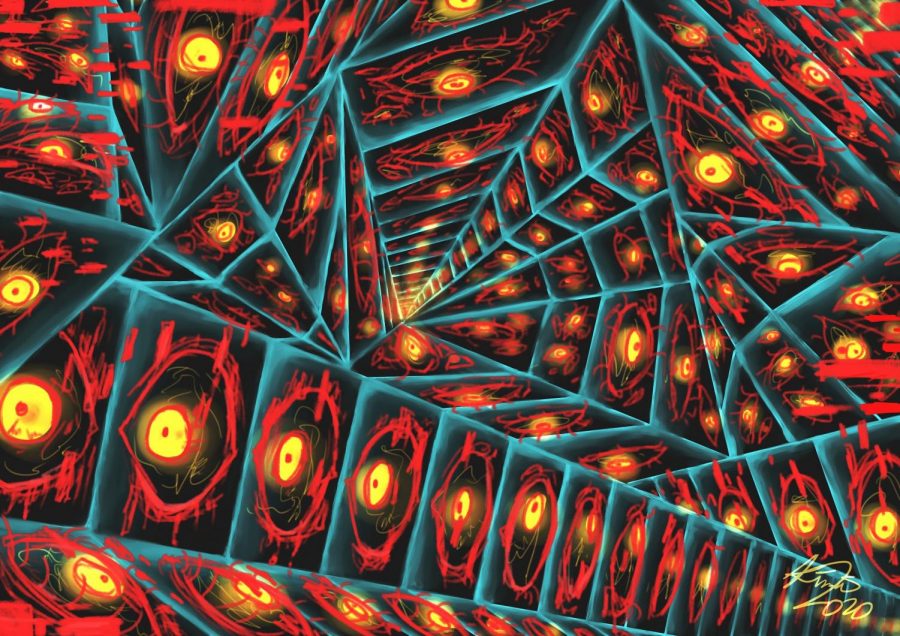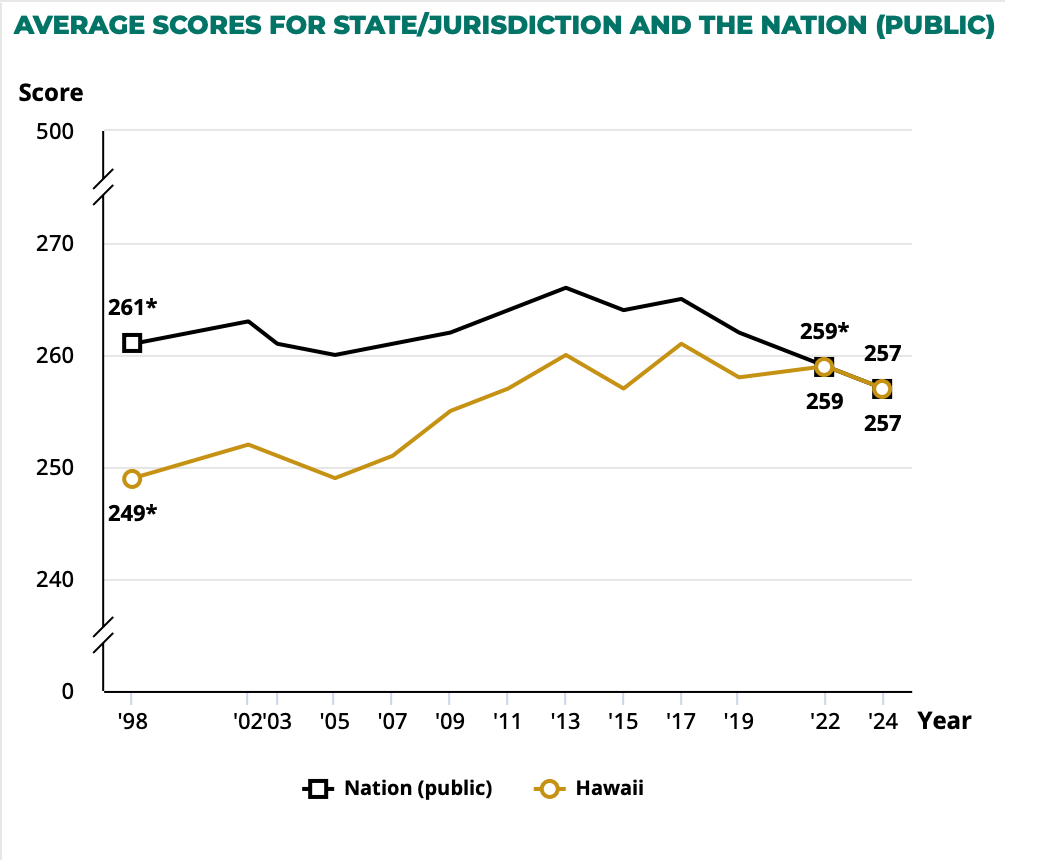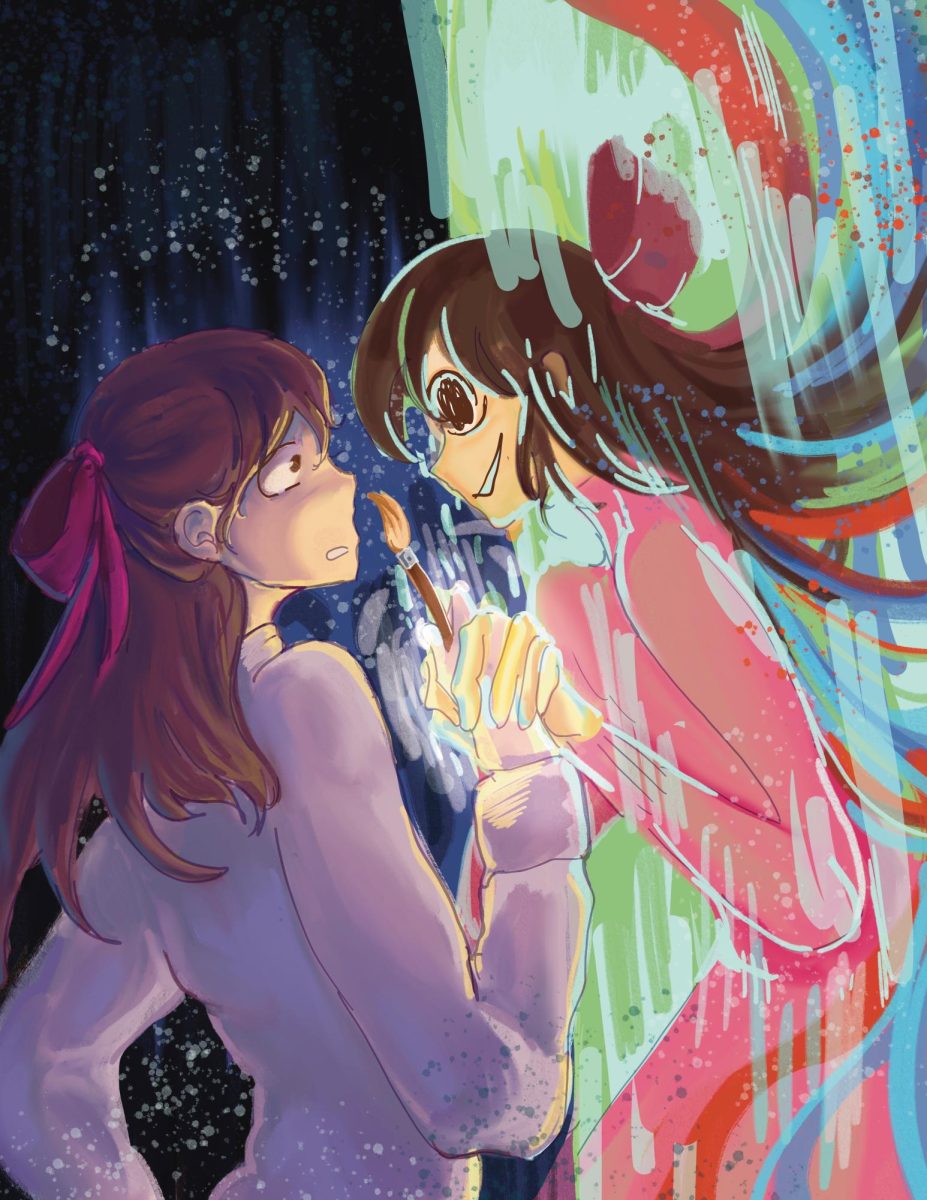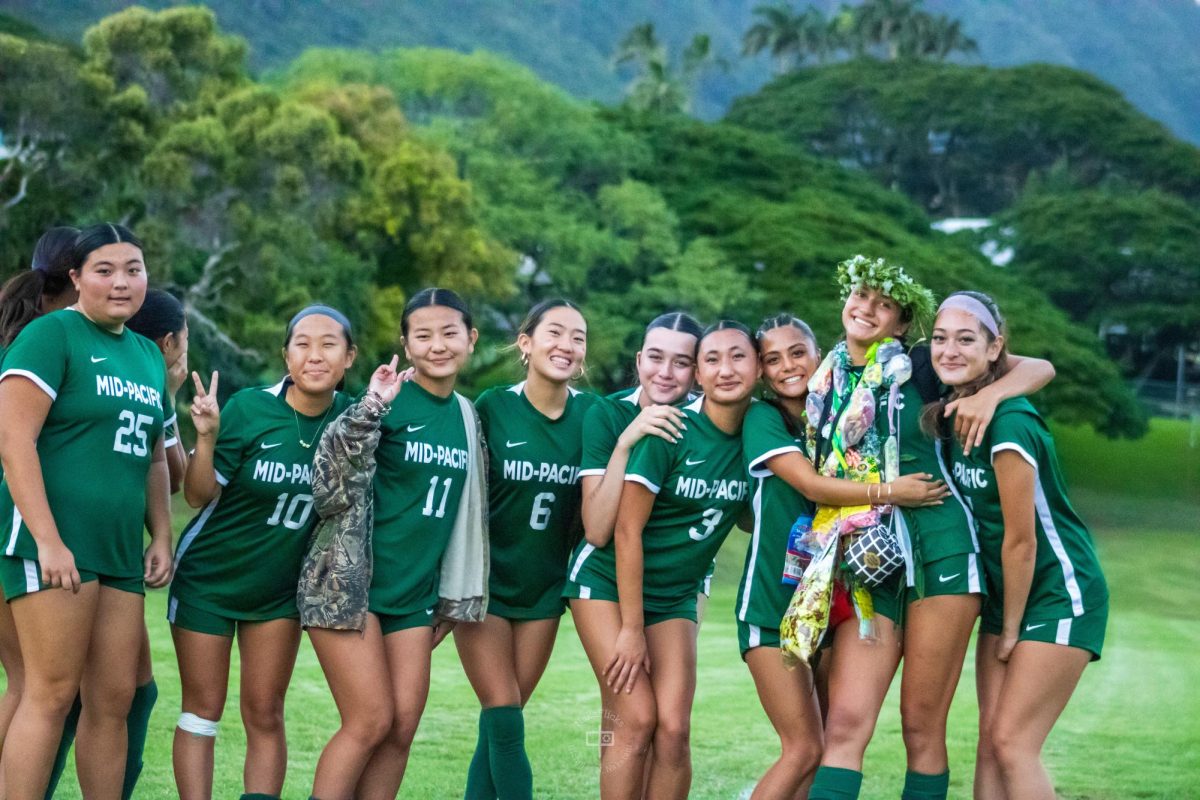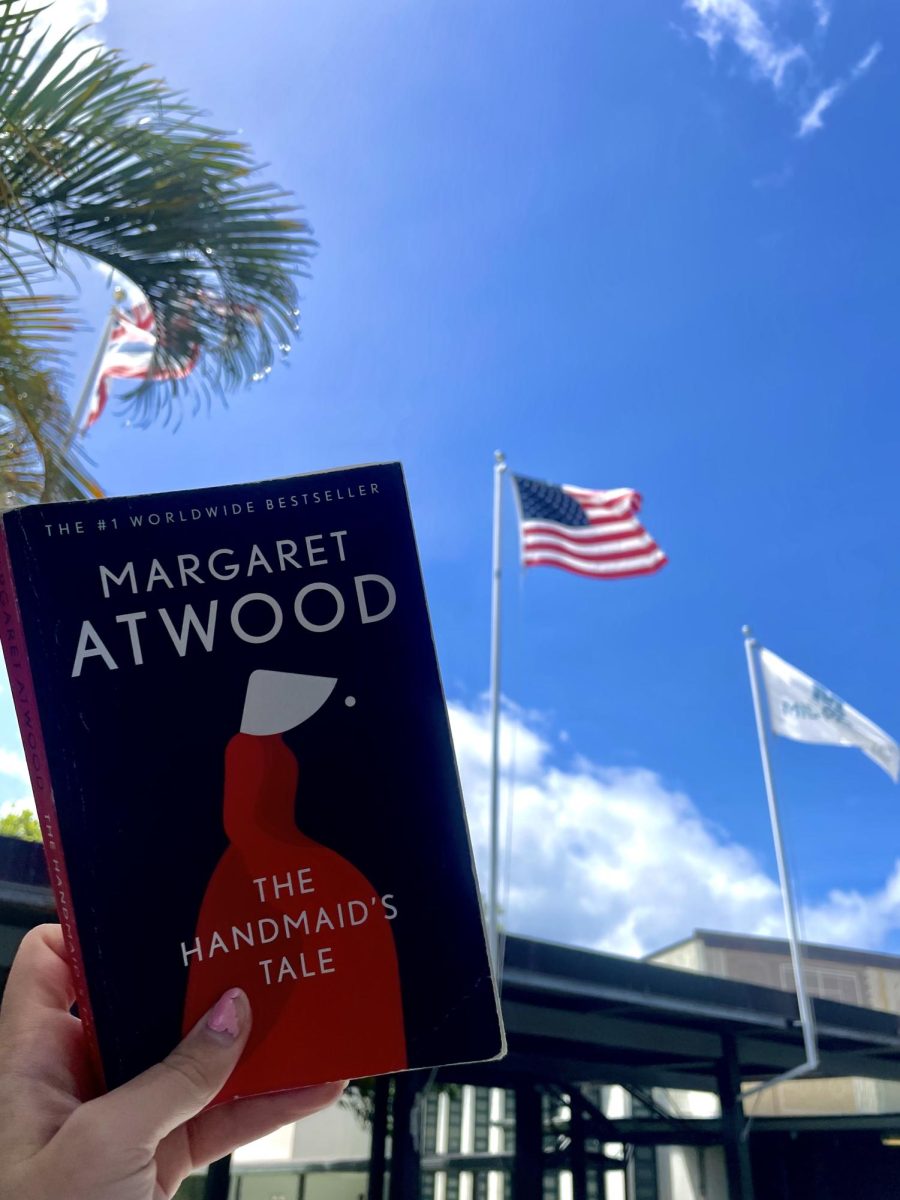Is Mid-Pacific teaching students how to become artists?
Image Contributed by Kimberly Oshiro
In this piece created last year, Mid-Pacific artists have done paintings, photography and poetry to express how they feel during the mandatory stay-at-home order.
April 28, 2021
Innovators. Artists. Individuals. How many times has your teacher told you this when an impossible project was assigned? Is Mid-Pacific actually teaching students how to become artists? The answer is not as simple as yes or no because being an artist has many meanings that a school cannot simply just teach.
Anyone can make art. Just like what Chef Gesteaus said in “Ratatouille”, “Anyone can cook,” he said. Being an “artist” can be as simple as just having concepts and ideas. Dale Chihuly for example, who is a glass maker that can no longer hold the glass pipe, hired others to make art for him.
R. Kevin Doyle, director of the School of the Arts at Mid-Pacific, said artists have discipline; the act of doing art is what makes an artist.
“Being an artist, having a part of your personality that creates art, and some way to perform is what it means to be a complete human being,” said Doyle.
The intrinsic reasons like discipline were hard to learn in school, however, Mid-Pacific does teach students how to become artists with strong art programs and teaches students other qualities of artists.
Due to COVID-19, many artists were less motivated to create art. The Vocal Ensemble students were not able to perform in front of people; the MPSA dancers were dancing with their PPE.
Sophomore Kosuke Doyama, who is in the Vocal Ensemble class, said he did not learn many singing skills due to COVID-19 safety guidelines and the cancellation of concerts.
“Singing in front of people makes me an artist. However, due to COVID, we can’t sing in front of people, therefore, we learn more music theories in class,” said Doyama.
However, the present of art education did teach students to become artists by focusing on skills like solving problems and being assertive rather than their art technique. The art programs forced students in Mid-Pacific to find other ways to create art while following safety guidelines, and students can even operate these skills they learned in regular performance, the MPSA dance program for example.
The school also taught students to accept criticism; it was an important skill that artists needed to learn in order to create, develop and deepen their artworks. While school teaches dozens of students in a classroom, this skill also helps students, as viewers, to interpret others’ work and to strengthen their own work with things they learned from other artists.
Joy Sanchez, teaching assistant in the ceramic class, said the school taught students a very important skill of being an artist, to find solutions to problems that do not exist.
“In Mr. Hee’s class, I like that he doesn’t just teach technique, he is also teaching students concepts,” Sanchez said.
Therefore, school was the place where some skills of artists were learned; school expanded students’ creativity, and helped students to explore their own voice.

